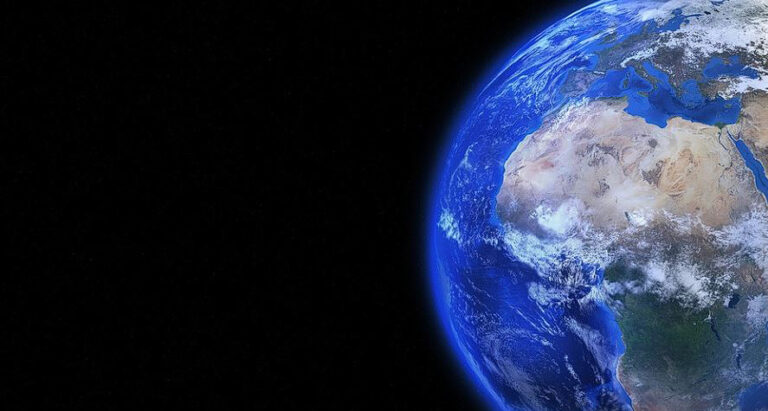Scientists have eliminated one possible origin for Earth’s continents.
Despite the importance of Earth’s continents, and the huge pieces of the planet’s crust that divide its oceans, very little is known about what gave rise to these large landmasses that make our planet unique in the solar system and play a key role in allowing it to host life.
For years, scientists have theorized that the crystallization of garnet in magma beneath volcanoes was responsible for removing iron from Earth’s crust, allowing the crust to remain buoyant in the planet’s seas. Now, new research is challenging that theory, forcing geologists and planetary scientists to rethink how this iron may have been removed from the material that would go on to form the continents we see today on Earth.
The crust of Earth, the planet’s outer shell, is divided into two rough categories: The older, thicker continental crust; and the younger, denser oceanic crust. New continental crust forms when its building blocks are passed to Earth’s surface from continental arc volcanoes. These are found in parts of the globe where oceanic plates sink beneath continental plates, regions called subduction zones.
more at space.com
Ask me anything
Explore related questions





